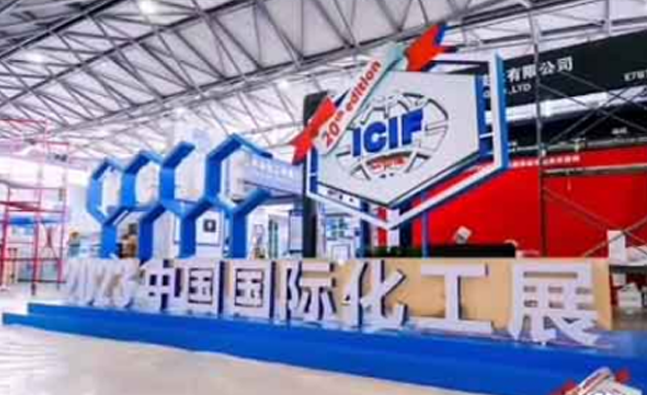
Okt . 19, 2024 10:52 Back to list
A Comprehensive Study on Gravimetric Analysis Techniques for Titanium Dioxide in China
Gravimetric Analysis of Titanium Dioxide in China
Titanium dioxide (TiO2) is one of the most widely used materials in various industrial applications, including paints, coatings, plastics, and cosmetics, owing to its exceptional properties such as high refractive index, brightness, and durability. With the increasing demand for TiO2 due to its diverse applications, efficient methods for its analysis and quantification have become crucial. Gravimetric analysis, a classical method for quantitative chemical analysis, has emerged as a valuable technique in assessing the purity and concentration of titanium dioxide.
The Principles of Gravimetric Analysis
Gravimetric analysis is based on the measurement of mass. The process involves converting the analyte into a stable, solid compound that can be accurately weighed. In the case of titanium dioxide, various methods exist for its gravimetric analysis. One popular approach involves precipitating titanium as titanium oxalate, which can be thermally decomposed to yield TiO2. The procedure typically involves dissolving a titanium-containing sample in an appropriate solvent, followed by the addition of a solution containing oxalic acid, which leads to the formation of insoluble titanium oxalate.
Once the precipitate forms, it is collected through filtration, washed to remove impurities, and dried to achieve a constant mass. The dried solid can then be calcined at elevated temperatures to convert it completely to titanium dioxide. The mass of TiO2 can be calculated from the mass of the initial sample and the stoichiometric relationships involved in the reactions, allowing for the determination of the titanium content.
Application in the Chinese Context
In China, where the production of titanium dioxide is considerable, gravimetric analysis plays an essential role in quality control and assurance. The country is one of the leading producers of TiO2, and products derived from TiO2 are ubiquitous in various sectors ranging from construction to consumer goods. Establishing a precise method for determining the concentration and quality of TiO2 ensures that manufacturers meet regulatory standards and customer specifications.
Furthermore, the mining and processing of titanium-bearing ores, such as ilmenite and rutile, necessitate accurate analyses to maximize resource utilization and minimize waste. Gravimetric methods offer a reliable and cost-effective solution compared to instrumental techniques, especially for small-scale operations or laboratories where budget limitations are a concern.
china gravimetric analysis of titanium dioxide

Advantages of Gravimetric Analysis
Gravimetric analysis boasts several advantages that make it particularly suitable for the analysis of titanium dioxide. Firstly, it is a straightforward method that does not require expensive instrumentation, making it accessible for many laboratories. Secondly, the results obtained are highly reliable, as the mass measurement can achieve a high degree of precision. Thirdly, gravimetric analysis provides a direct measurement of the analyte, which is often more accurate than other indirect methods.
Moreover, gravimetric methods can be easily tailored to accommodate different sample matrices, enhancing versatility. In the context of environmental monitoring, for example, gravimetric analysis can be employed to assess TiO2 concentrations in wastewater or soil samples, addressing growing concerns about the environmental impacts of titanium dioxide usage and disposal.
Challenges and Future Directions
Despite its advantages, gravimetric analysis does present challenges. The process can be time-consuming and labor-intensive, requiring careful manipulation to avoid loss of product at each stage. Additionally, the presence of interfering substances can lead to erroneous results, necessitating thorough sample preparation and purification steps.
Moving forward, the integration of gravimetric analysis with modern technologies, such as automated sample handling and data analysis software, presents exciting prospects. Innovations in this field could streamline the process, reduce processing times, and enhance the accuracy of results. Moreover, further studies on optimizing the combustion and decomposition processes necessary for converting precipitated compounds to TiO2 could refine the existing methodologies.
Conclusion
Gravimetric analysis remains a vital tool for the evaluation and quantification of titanium dioxide in China’s robust industrial landscape. As industries evolve and environmental considerations become more pressing, the role of accurate analytical techniques, including gravimetric analysis, will continue to grow in significance, supporting sustainable practices and innovation in the titanium dioxide sector.
-
Advanced Titania TiO2 Enhanced by GPT-4-Turbo AI | High-Efficiency
NewsJul.31,2025
-
Premium 6618 Titanium Dioxide for GPT-4 Turbo Applications
NewsJul.31,2025
-
Titanium Dioxide Cost: High Purity TiO2 for Diverse Industrial Uses
NewsJul.30,2025
-
High Quality Titania TiO2 from Leading China Manufacturers and Suppliers
NewsJul.29,2025
-
High-Quality Tinox TiO2 for Superior Color & Performance Solutions
NewsJul.29,2025
-
High Quality Titania TiO2 from Leading China Supplier & Manufacturer
NewsJul.29,2025
